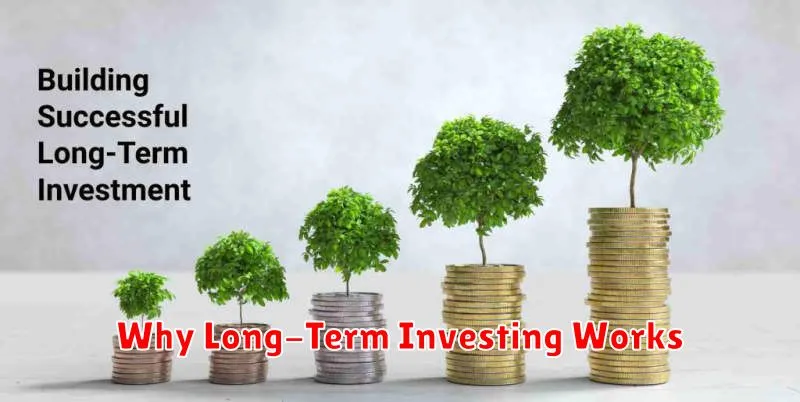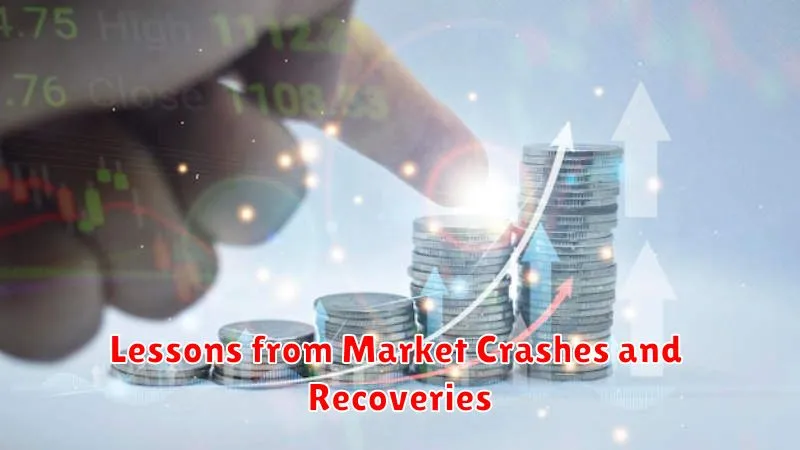Unlock the wealth building secrets employed by successful investors! This article reveals the proven strategies and investment techniques that have generated extraordinary returns for the world’s most prominent financial players. Discover how to build lasting wealth through smart investment strategies, effective risk management, and a deep understanding of market trends. Learn the insider secrets to achieve your financial goals and secure your financial future. Prepare to transform your investment portfolio and embark on a journey to lasting financial prosperity.
Common Habits of Wealthy Investors

Diversification is a cornerstone of wealthy investors’ strategies. They avoid putting all their eggs in one basket, spreading investments across various asset classes like stocks, bonds, real estate, and alternative investments to mitigate risk.
Long-term vision is crucial. They prioritize long-term growth over short-term gains, understanding that market fluctuations are inevitable and patience is key to building wealth.
Disciplined investing involves sticking to a well-defined plan, regardless of market sentiment. They resist emotional decision-making, avoiding panic selling during downturns or chasing trends during booms.
Continuous learning is paramount. Wealthy investors stay informed about market trends, economic conditions, and new investment opportunities through research, reading, and professional development.
Strategic risk management involves carefully assessing potential risks and implementing strategies to minimize their impact. This includes understanding their own risk tolerance and diversifying their portfolio appropriately.
Seeking expert advice is common. They often work with financial advisors, portfolio managers, or other professionals to gain insights and guidance on investment strategies.
Frugal living, while not directly related to investing, is often practiced. They prioritize saving and investing a significant portion of their income, understanding that wealth accumulation requires consistent savings.
Tax efficiency is a key focus. They employ strategies to minimize their tax burden, such as utilizing tax-advantaged accounts and seeking professional tax advice.
The Power of Compound Interest
Compound interest, often called the eighth wonder of the world, is the snowball effect of earning interest on your initial investment and on the accumulated interest itself. This exponential growth significantly accelerates wealth accumulation over time.
The longer your money is invested, the more dramatically compound interest works its magic. Even small, consistent contributions benefit greatly from this effect, allowing your investments to grow at an increasingly faster pace.
To maximize the power of compounding, focus on consistent investing and long-term horizons. Avoid frequent withdrawals, as this disrupts the compounding process. A higher rate of return also contributes significantly to faster growth, although it’s crucial to balance risk and reward.
Understanding and leveraging the power of compound interest is a cornerstone of successful long-term investing. It’s a fundamental principle that allows even modest initial investments to blossom into substantial wealth over the years.
Why Long-Term Investing Works

Long-term investing leverages the power of compound interest, allowing your returns to generate further returns over time. This exponential growth significantly outpaces short-term gains.
Market volatility is less impactful over extended periods. While short-term fluctuations can be jarring, long-term trends generally show upward movement, allowing investors to ride out temporary dips.
A long-term approach reduces the emotional impact of market swings. By avoiding impulsive decisions based on short-term fear or greed, investors can adhere to their strategy and achieve better results.
Tax advantages often favor long-term investments. Lower capital gains taxes on long-term holdings can substantially increase your overall returns.
Finally, long-term investing allows for strategic diversification and rebalancing, maximizing potential growth while mitigating risk.
Diversification: A Key to Reducing Risk
Successful investors understand that diversification is crucial for mitigating risk. It’s a core principle of sound wealth building. Instead of concentrating investments in a single asset class or company, diversification involves spreading investments across various options.
This strategy reduces the impact of any single investment performing poorly. If one investment underperforms, others may offset those losses, protecting your overall portfolio’s value. Diversification can include various asset classes like stocks, bonds, real estate, and alternative investments.
The degree of diversification needed depends on individual risk tolerance and financial goals. However, a well-diversified portfolio is generally considered a fundamental component of a robust long-term investment strategy, offering a pathway toward consistent growth while managing potential losses.
Lessons from Market Crashes and Recoveries

Market crashes, while terrifying, offer invaluable lessons for long-term investors. They highlight the importance of a diversified portfolio, mitigating the impact of any single sector’s decline. Discipline is paramount; panic selling during a crash often locks in losses, whereas staying the course allows for recovery and potential growth.
Successful investors view crashes not as endings but as buying opportunities. A rational, unemotional approach allows for the acquisition of quality assets at significantly reduced prices. This requires thorough due diligence and a long-term perspective, understanding that market fluctuations are a normal part of the investment cycle.
Risk management is crucial. Investors should carefully assess their risk tolerance before investing and adjust their portfolios accordingly. Diversification across asset classes and geographies helps to mitigate risk, providing a cushion during market downturns. Regularly reviewing and rebalancing your portfolio ensures that it continues to align with your risk profile and financial goals.
Finally, patience is key. Market recoveries take time, and focusing on the long-term view rather than short-term fluctuations is vital. Successful investors understand that the market will eventually recover, and those who remain disciplined and patient often reap the greatest rewards.
How to Develop an Investor Mindset
Developing an investor mindset requires a shift in perspective from simply saving money to actively growing your wealth. It involves a willingness to take calculated risks and a long-term view.
Education is crucial. Learn about different investment strategies, asset classes (stocks, bonds, real estate, etc.), and risk management. Understand financial statements and analyze investment opportunities critically.
Cultivate discipline and patience. Investing is a marathon, not a sprint. Avoid impulsive decisions driven by fear or greed. Stick to your investment plan, even during market volatility.
Embrace continuous learning. The investment landscape is constantly evolving. Stay updated on market trends, economic indicators, and new investment opportunities through books, courses, and reputable financial news sources.
Develop a strong risk tolerance. Understand your comfort level with risk and choose investments that align with it. Diversification is key to mitigating risk.
Finally, build a strong network. Connect with other investors, financial advisors, and mentors. Learn from their experiences and gain valuable insights.
Best Books and Resources for Wealth Building

Building wealth requires knowledge and discipline. Several excellent resources can guide you on your journey. For a foundational understanding of investing principles, “The Intelligent Investor” by Benjamin Graham remains a classic. Graham’s emphasis on value investing provides a timeless strategy for long-term growth.
To learn about wealth creation beyond traditional investing, explore “Rich Dad Poor Dad” by Robert Kiyosaki. This book challenges conventional wisdom about money and encourages readers to build multiple streams of income. For a more practical approach to personal finance, “The Total Money Makeover” by Dave Ramsey offers a step-by-step plan to eliminate debt and build wealth.
Beyond books, consider utilizing online resources. Many reputable websites and platforms offer valuable information on investing, financial planning, and personal finance. Reliable financial news sources, coupled with educational platforms focusing on investing strategies, can supplement your reading and help you stay informed about market trends.
Remember that successful wealth building involves a combination of sound financial principles, consistent effort, and ongoing learning. These resources provide a strong starting point for your journey toward financial independence.
Avoiding Get-Rich-Quick Schemes
Successful investing is a marathon, not a sprint. Get-rich-quick schemes, often promising unrealistic returns, are a major pitfall for aspiring investors. These schemes typically involve high risk and lack transparency, making them incredibly unreliable.
Due diligence is paramount. Before investing in anything, thoroughly research the opportunity, the individuals involved, and any related legal documentation. Be wary of any investment promising exceptionally high returns with minimal risk; such claims are often a red flag.
Diversification is key to mitigating risk. Don’t put all your eggs in one basket. Spread your investments across different asset classes to minimize potential losses from any single investment failing. This strategy helps to reduce the allure of high-risk, high-reward schemes.
Finally, patience and discipline are crucial. Building wealth takes time and consistent effort. Avoid impulsive decisions driven by greed or fear. Stick to a well-researched and diversified investment plan, and remember that consistent, long-term growth is more sustainable than fleeting, high-risk gains.

